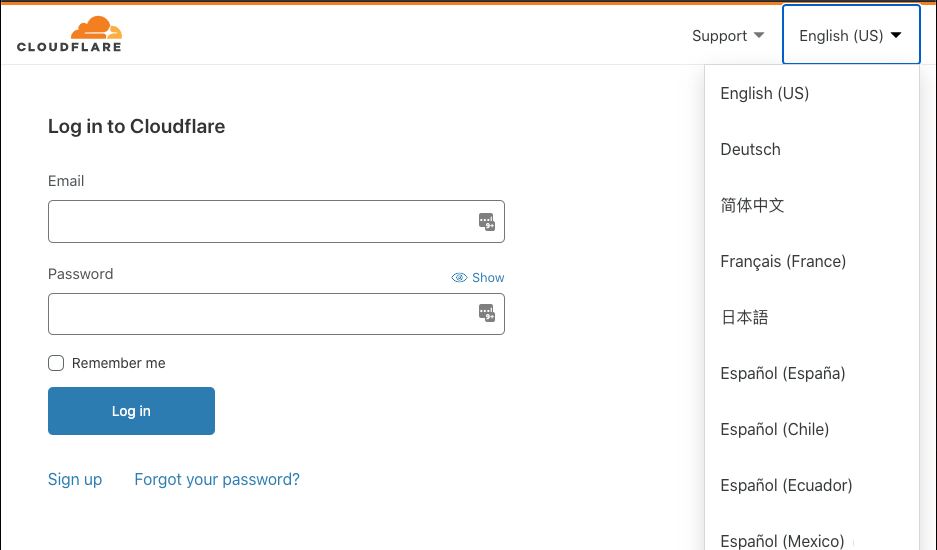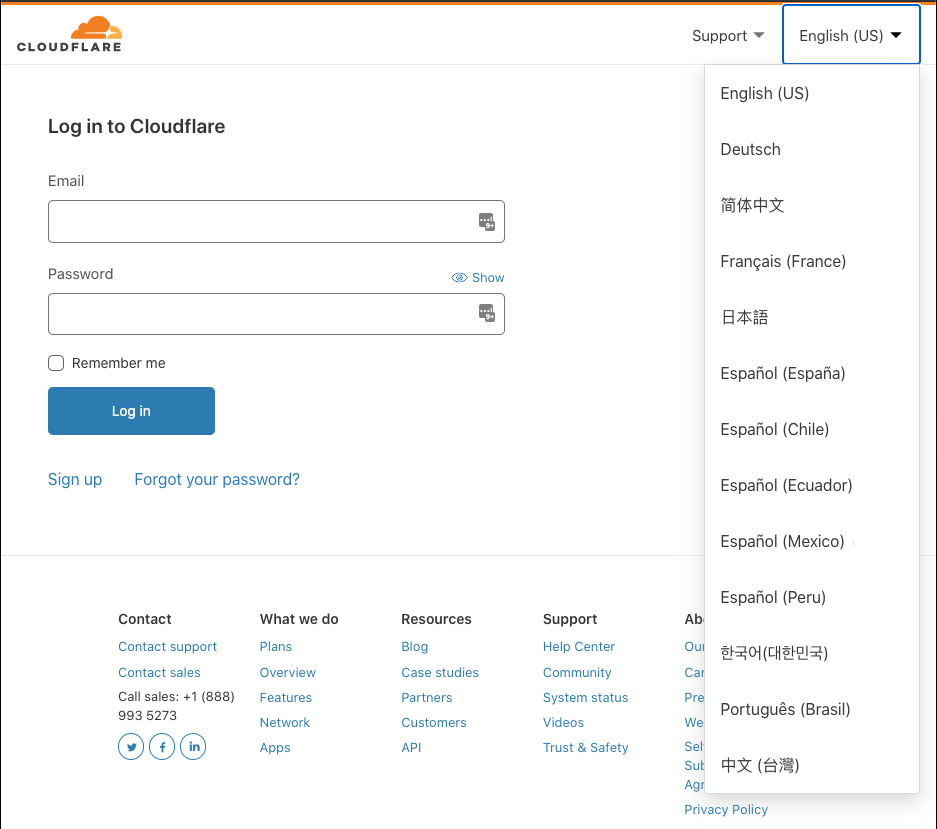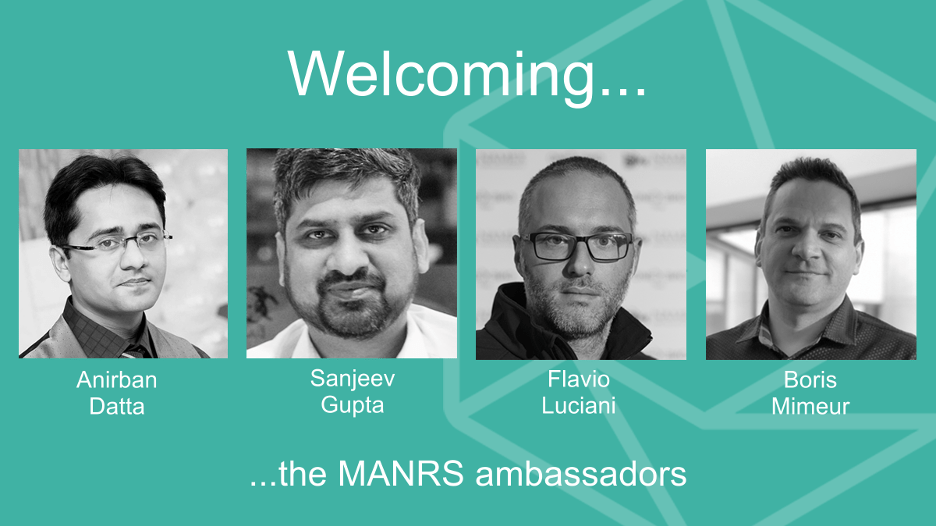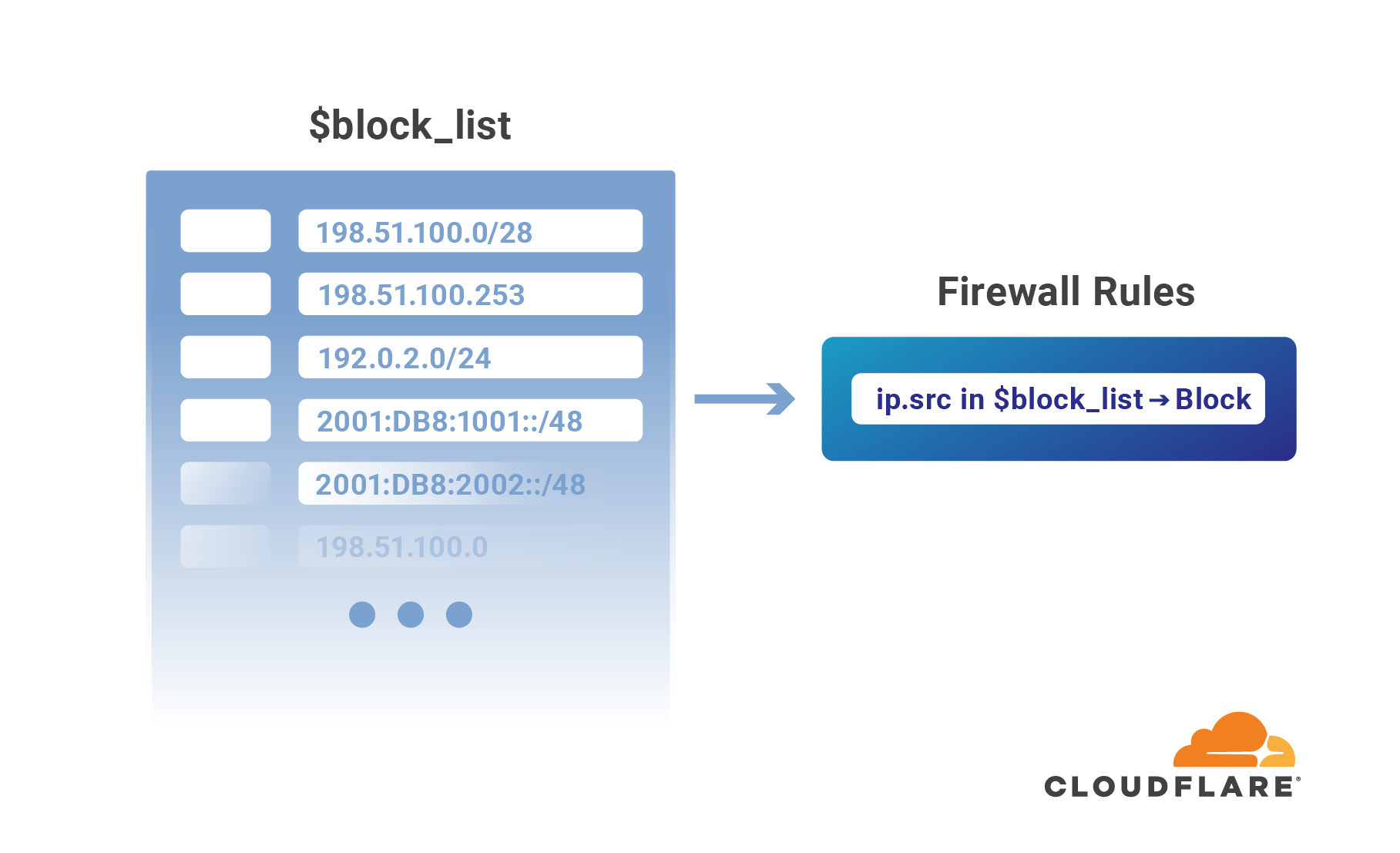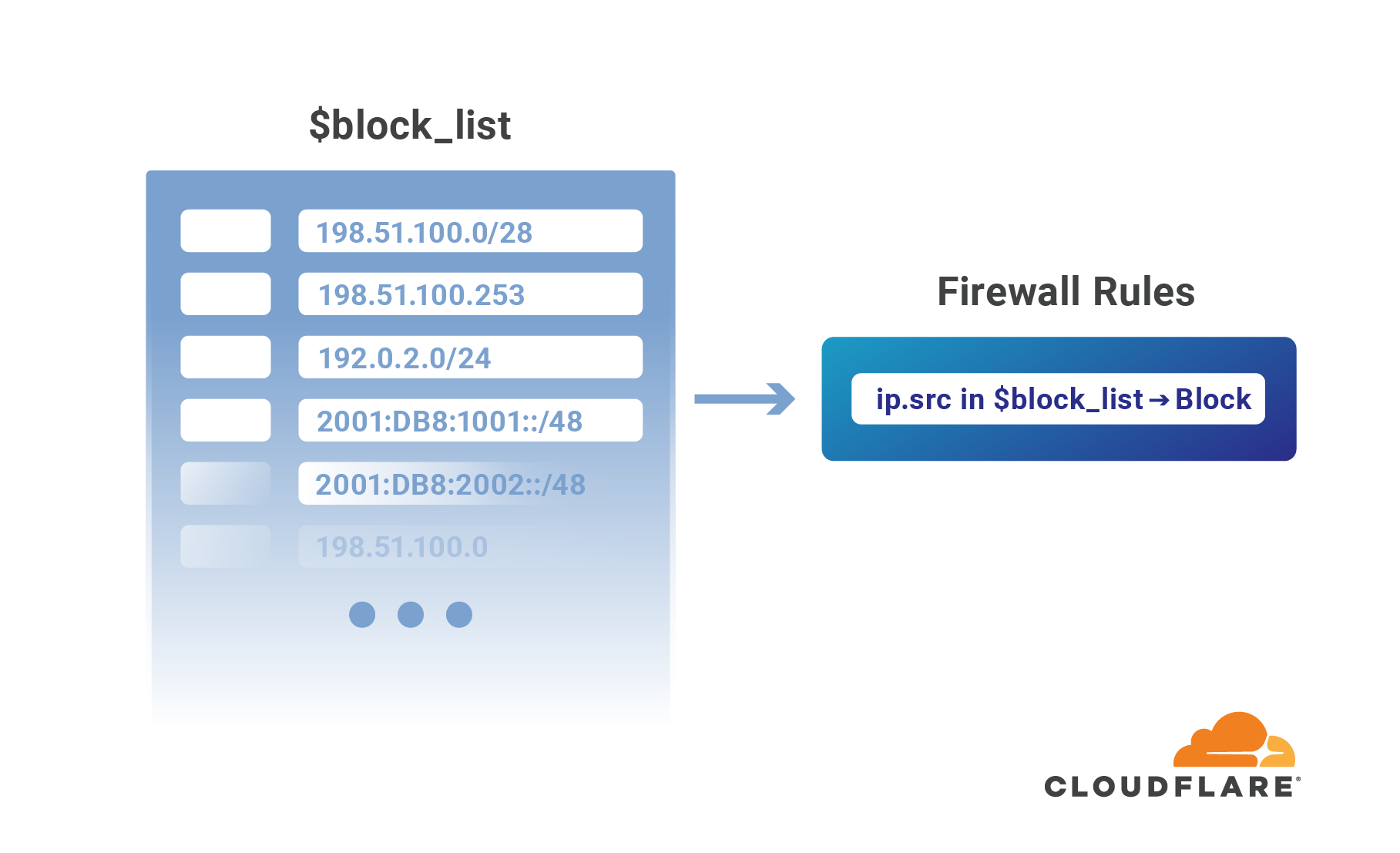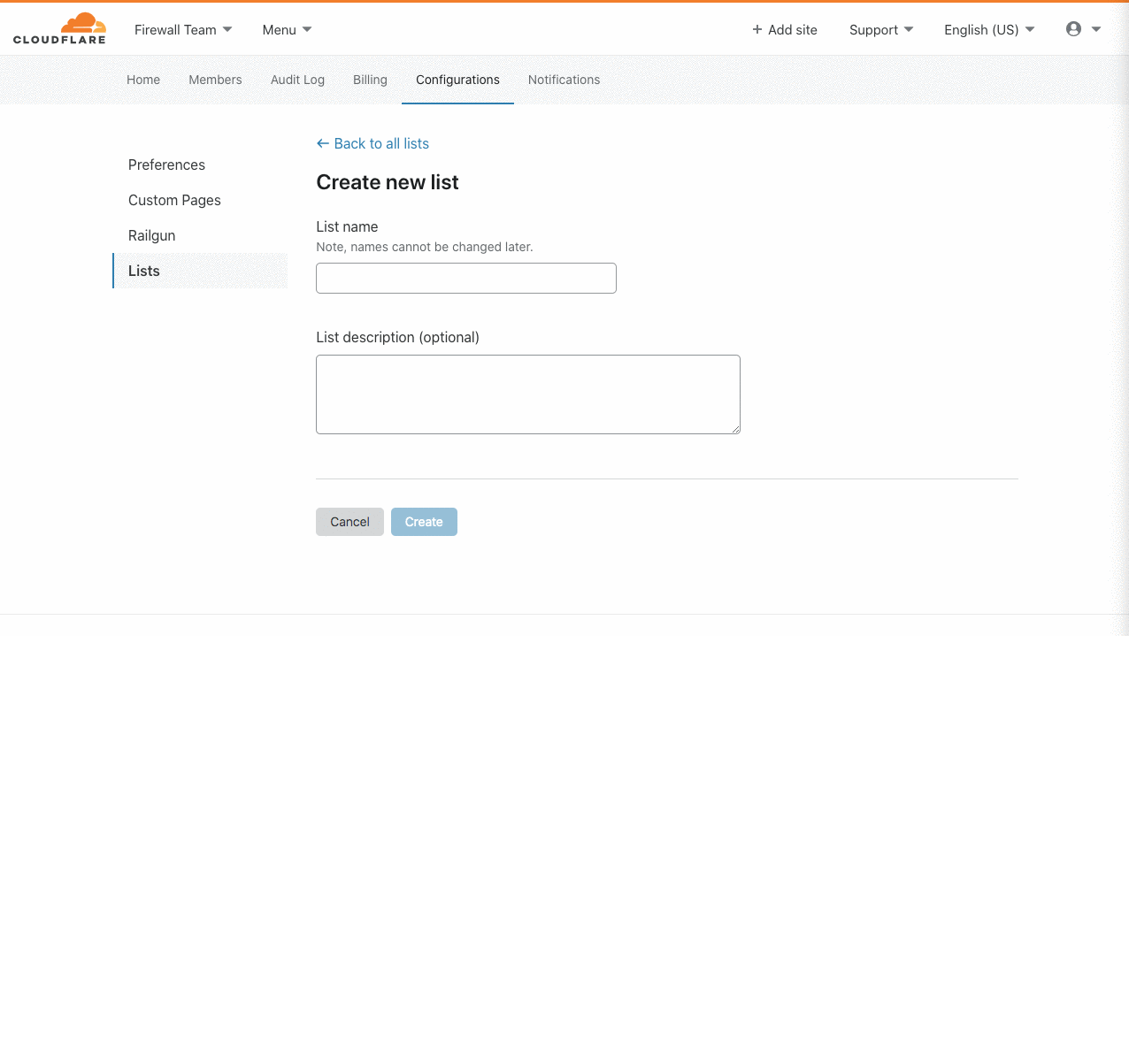Securing Tower Installer Passwords
One of the crucial pieces of the Red Hat Ansible Automation Platform is Ansible Tower. Ansible Tower helps scaling IT automation, managing complex deployments and speeding up productivity. A strength of Ansible Tower is its simplicity that also extends to the installation routine: when installed as a non-container version, a simple script is used to read in variables from an initial configuration to deploy Ansible Tower. The same script and initial configuration can even be re-used to extend the setup and add, for example, more cluster nodes.
However, part of this initial configuration are passwords for the database, Ansible Tower itself and so on. In many online examples, these passwords are often stored in plain text. One question I frequently get as a Red Hat Consultant is how to protect this information. A common solution is to simply remove the file after you complete the installation of Ansible Tower. But, there are reasons you may want to keep the file around. In this article, I will present another way to protect the passwords in your installation files.
Ansible Tower’s setup.sh
For some quick background, setup.sh is the script used to install Ansible Tower and is provided in Continue reading


